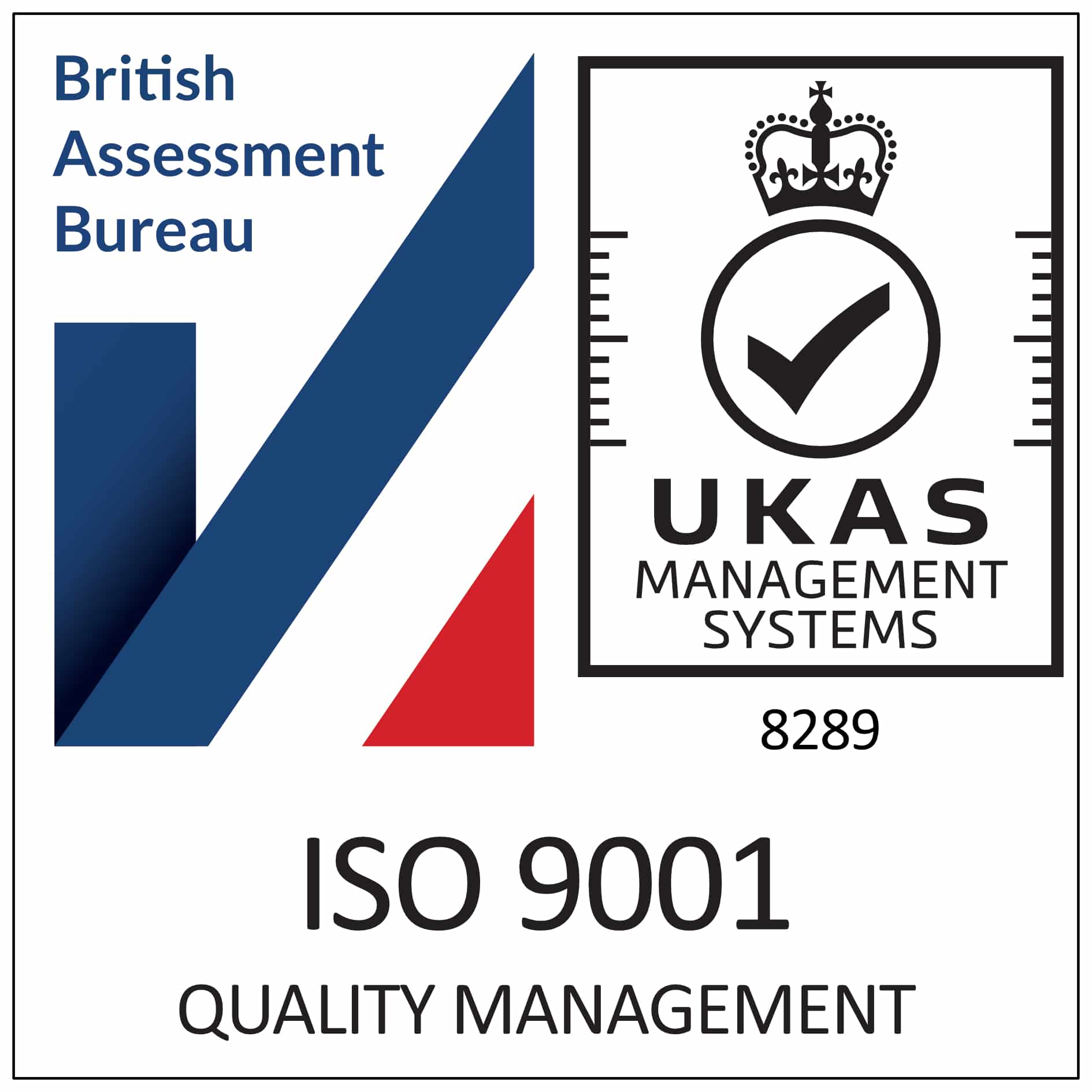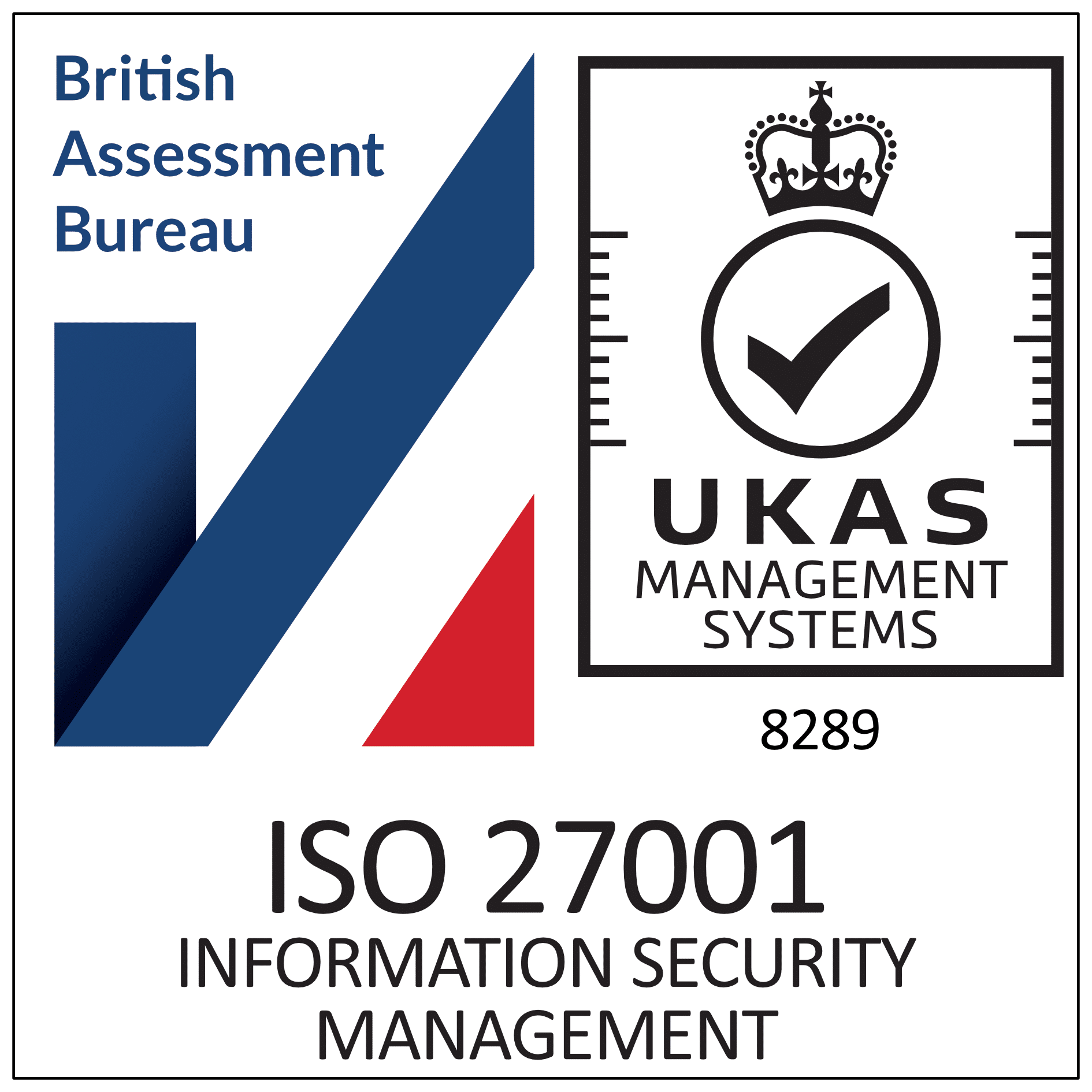As we stand on the brink of a new year, businesses are presented with a fresh canvas, an opportunity to redefine strategies, set new goals, and embrace growth. Success in 2024 requires a proactive approach and a well-structured checklist can be the compass guiding businesses towards prosperity. In this blog post, we’ll explore a comprehensive checklist for businesses to prepare for the new year, with a special emphasis on considering business application software like Microsoft Dynamics.
1. Reflect on the Past Year
Before charting the course for the new year, take time to reflect on the successes and challenges of the past year. What worked well? What could have been improved? This reflection sets the foundation for informed decision-making and strategic planning.
2. Set Clear Goals and Objectives
Define specific, measurable, achievable, relevant, and time-bound (SMART) goals for the new year. Whether it’s revenue targets, market expansion, or customer satisfaction levels, clear objectives provide direction and purpose for the entire organisation.
3. Review and Update Business Plans
Business plans should be living documents that evolve with the organisation. Review and update your business plan to align with current market trends, industry dynamics, and organisational capabilities. Ensure that the plan is a roadmap for success in the year ahead.

4. Evaluate Financial Health
Conduct a thorough financial review, examining cash flow, profitability, and overall financial health. Identify areas for cost optimisation, assess the feasibility of new investments, and ensure that the financial strategy aligns with the broader business goals.
5. Enhance Digital Presence
The digital landscape continues to play a pivotal role in business success. Evaluate and enhance your digital presence, from a user-friendly website to a robust social media strategy. Consider leveraging digital marketing tools and platforms to reach and engage with your target audience effectively.
6. Invest in Employee Development
Your workforce is a key asset. Prioritise employee development initiatives, including training programs, skill-building workshops, and mentorship opportunities. A skilled and motivated workforce is better equipped to drive organisational success.
7. Review and Update Technology Infrastructure
Assess the state of your technology infrastructure, from hardware to software. Ensure that your IT systems are up-to-date, secure, and capable of supporting the evolving needs of the business. Consider integrating business application software such as Microsoft Dynamics for seamless operations.
8. Explore Business Applications Software
In the realm of business applications, software like Microsoft Dynamics stands out as a comprehensive solution. Explore how such platforms can streamline processes, enhance efficiency, and provide valuable insights for informed decision-making. Microsoft Dynamics, for example, offers a suite of applications for areas such as finance, sales, customer service, and field service.
9. Assess Supply Chain Resilience
The disruptions of the past years have underscored the importance of a resilient supply chain. Assess the resilience of your supply chain, identify potential risks, and implement strategies to enhance flexibility and responsiveness.
10. Customer Experience Optimisation
Customer experience is a differentiator in today’s competitive landscape. Evaluate and optimise every touchpoint of the customer journey. Leverage customer feedback, invest in customer service training, and consider technology solutions that enhance the overall customer experience.
11. Cybersecurity Assessment
With the increasing prevalence of cyber threats, cybersecurity should be a top priority. Conduct a comprehensive assessment of your cybersecurity measures, implement necessary updates, and educate employees on best practices for cybersecurity.
12. Environmental and Social Responsibility
Sustainability and social responsibility are no longer optional. Evaluate your organisation’s impact on the environment and society. Consider initiatives to reduce your carbon footprint, promote diversity and inclusion, and contribute positively to your community.

13. Legal and Compliance Review
Ensure that your business is up to date with the latest legal and regulatory requirements. Conduct a thorough review of compliance measures, update policies as needed, and stay informed about any upcoming changes that may impact your industry.
14. Risk Management Strategies
Identify and assess potential risks to your business, both internal and external. Develop risk management strategies to mitigate these risks and ensure business continuity in the face of unforeseen challenges.
15. Regular Communication with Stakeholders
Transparent and regular communication with stakeholders, including employees, customers, and investors, is essential. Keep stakeholders informed about the organisation’s goals, achievements, and any changes in strategy.
Conclusion
As the clock ticks towards the new year, businesses that approach the transition with a well-thought-out checklist are better positioned for success. By reflecting on the past, setting clear goals, reviewing financial health, investing in technology like Microsoft Dynamics, and embracing a holistic approach to organisational development, businesses can navigate the complexities of 2024 with confidence. The checklist is not a one-time exercise but a dynamic tool that should be revisited and adapted throughout the year, ensuring that the organisation stays agile, responsive, and aligned with its vision for the future.




